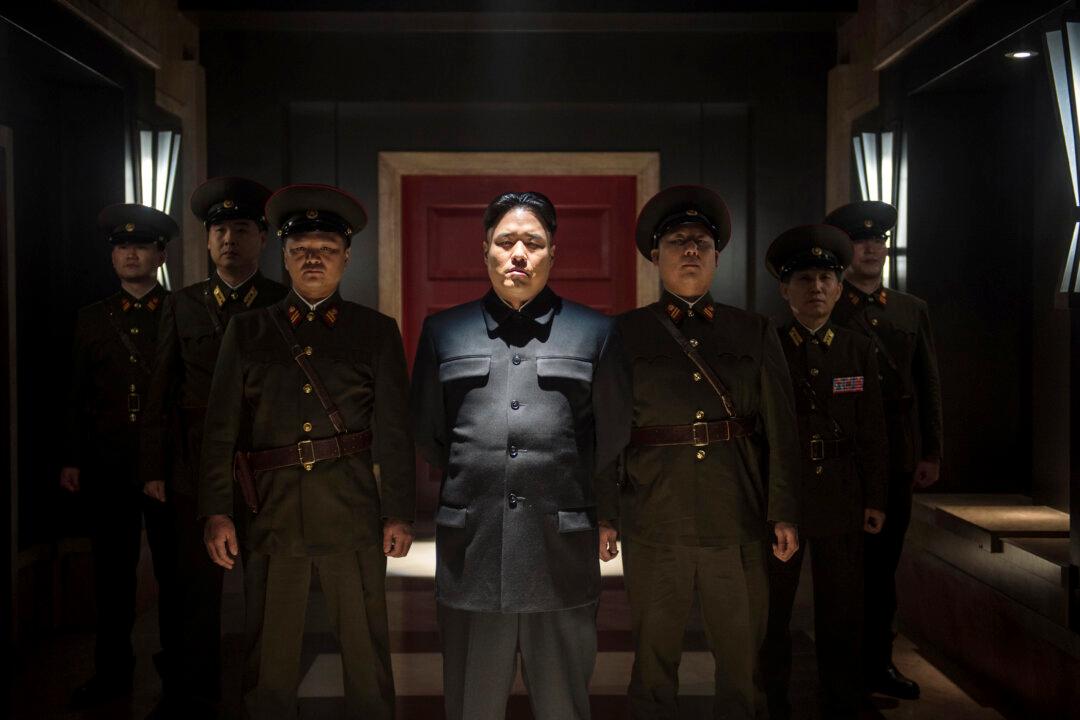The United States National Security Agency (NSA) had access for years to North Korea’s computer networks, new evidence shows, supporting the U.S. government claim that it was able to track to North Korea the massive hack into the Sony Pictures Entertainment network.
Less than a month after the large-scale data leak, including over 47,000 social security numbers, unreleased movies, and financial documents, brought Sony Entertainment to its knees, the U.S. government blamed North Korea for the attack—an unusually expedient move.
Media and some cyber security experts questioned the involvement of the totalitarian nation, pointing out, among other reasons, that the U.S. administration didn’t show any conclusive evidence. It also seemed that the FBI reached its conclusion and assigned blame too quickly.
Yet new evidence lends some backing to the administration’s claim.
According to an NSA document leaked by Edward Snowden, the NSA already had access to North Korea’s computer networks, with the help of South Korea. The document was published by German newspaper Der Spiegel.
“[O]ur access to NK [North Korea] was next to nothing but we were able to make some inroads to the SK [South Korean] CNE [Computer Network Exploitation] program,” the NSA document states. “We found a few instances where there were NK officials with SK implants on their boxes, so we got on the exfil points, and sucked back the data.”
Later, NSA furthered the penetration with its own resources.





